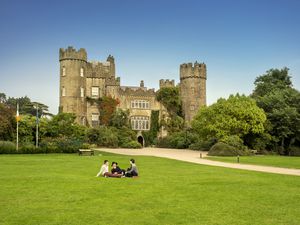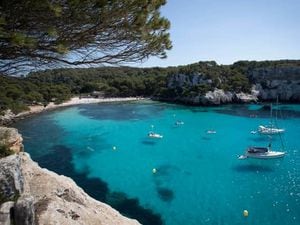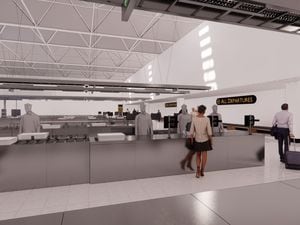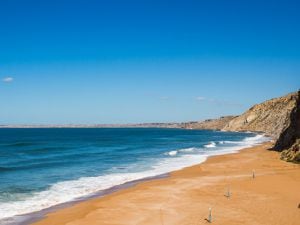Travel review: Dublin, Ireland
Dublin may be one of Europe’s smaller capital cities, but you’ll be hard-pressed to find a destination with as much vibrancy.

Firstly – and perhaps one of the most important things to know – is the city has a robust pub culture.
Whatever night of the week you choose to go out, you can guarantee the streets will be alive with Friday-night energy and the pubs will be busy.
Live music is central to this. But if you would rather hear something more traditional than Ed Sheeran covers, head off the beaten track away from Temple Bar.
Just a few streets away you will find the city’s more authentic – and cheaper – places to drink that provide an equally satisfying taste of Ireland. You can expect to eat well, too.
When it comes to great food, Dublin may not be the first place that springs to mind. However, its increasingly possible to sample excellent local produce.
The Cleaver East and The Pig’s Ear are two restaurants worth visiting to sample some of Dublin’s fine dining culture, where local ingredients take centre stage on the menu.
Outside the city, the picturesque, historical and readily-accessible seaside town of Howth is less than one hour away and perfect for a day trip.
This beautiful stretch of coastline offers wonderful walking opportunities and there’s plenty of places to sample great food and drink, including a host of eateries offering freshly-caught fish.
The Abbey Tavern is one such destination. The 16th-century traditional Irish pub offers a wide range of fresh, home-cooked food and a well-stocked bar with a host of craft beers and whiskies.
However, if you’re planning a trip to the coast, remember you’re less than 100 miles from UK shores, so take the weather into account.
Elsewhere, Malahide Castle, one of the oldest castle’s in Ireland, is an ideal destination to find out more on the country’s medieval history.
The oldest parts of the castle date back to the 12th century yet it remains well-preserved and is a destination rich in history, with knowledgeable tour guides on hand to provide a whistle-stop lecture on the castle’s heritage.
Dublin is flexible; you can pick and choose your cultural highlights and cram a visit into a weekend or alternatively stretch your trip out a bit longer and absorb more of the city’s rich culture and history.
My 48 hours certainly weren’t enough for me, and I’m looking forward to going back.
Trinity City hotel is located centrally just across the from Dublin’s Trinity College, which itself is worth visiting to explore the grounds and architecture of Ireland’s oldest university.
Despite the central location just minutes from Dublin’s main shopping streets, the hotel’s atmosphere is pleasantly tranquil and a welcome tonic from the hustle and bustle outside.
In terms of aesthetics, Trinity’s design is eclectic and it’s abundantly clear the designer’s favourite colour is purple. But more importantly, there’s everything you need as far as the ergonomics are concerned.
Rooms are equipped with comfy beds, flat-screen TVs, work desks and tea and coffee facilities.
And most importantly of all, there’s an all-you-can-eat breakfast buffet with a wide selection of freshly-prepared food each morning. It’s a great place to stay and the staff are also very attentive.
For those who have never travelled on a ferry before, being on board is a lot like waiting in the airport departure lounge – with the exception, of course, that you’re on the move.
Instead of being strapped to an upright seat for hours on end, you can roam the extensive ship, eat and drink in its restaurants, shop, or even pass the time watching a film at the on-board cinema.
For an extra fee, there’s the option of renting a cabin to get a proper rest.
Passengers can also upgrade to a first-class lounge with complementary refreshments, which offers a more relaxed environment than the usual hustle and bustle of the ship.
Despite heavy winds during the journey to Dublin, the ship’s movement was barely noticeable.
It was certainly a lot less violent and scary than aircraft turbulence, which allowed for anxiety-free travel.
Passing through security was a breeze and checks were so brief they did not hassle bordered on careless. However, it was a welcome contrast to the authoritarian airport procedure which can make entirely innocent passengers feel guilty.





